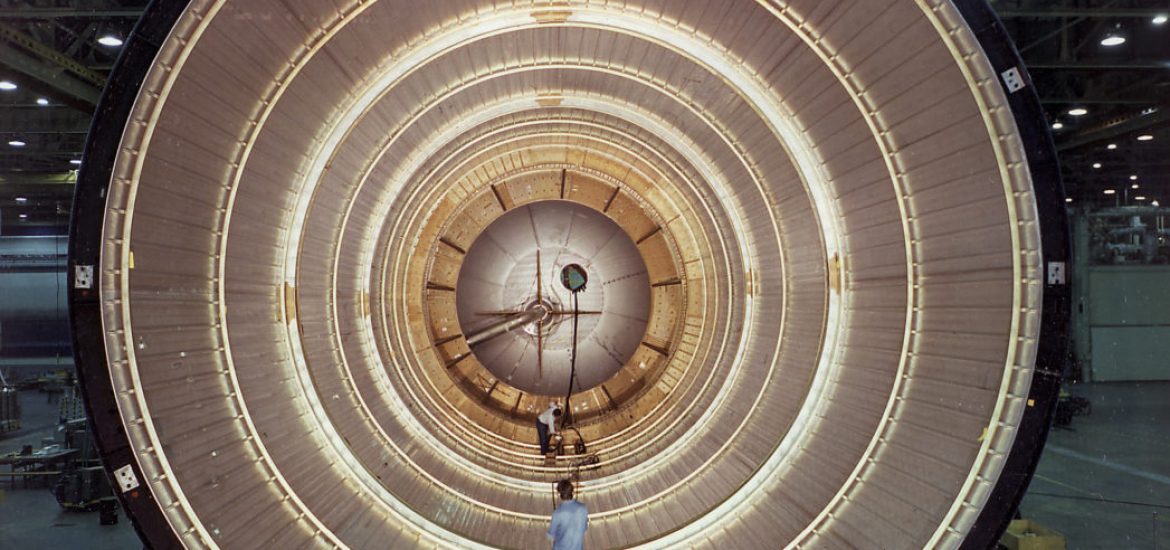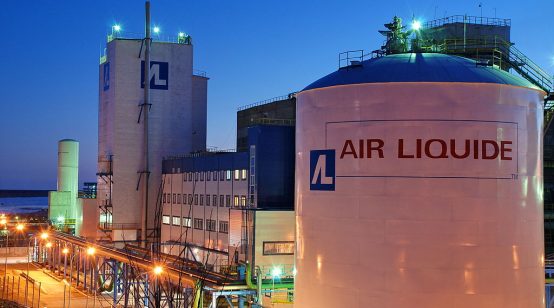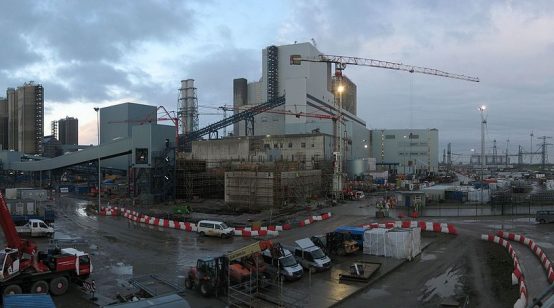
German hydrogen production could be subsidised to help replace coal and nuclear power generation, according to an internal government paper.
Germany’s Economy Ministry has produced a draft report saying hydrogen could fuel transport, heating and industry.
“We will now set the course for Germany to secure its global pioneering position in hydrogen technologies,” said the government paper.
Other ministries have been invited to comment on the 21-page paper.
The country is looking to boost the production of the universe’s lightest and most abundant element using electrolysis. It is targeting an output of up to 5 gigawatts from the current production of below 1 gigawatt. The paper envisions a fifth of hydrogen consumption via renewable resources by 2030.
It forecast that reducing the cost of producing hydrogen would allow the gas to be used in steel manufacturing and heavy transport.
When burned for transport, hydrogen only releases tiny pools of water.
The paper also said Germany’s network of hydrogen filling stations should be extended.
The body representing German gas grid operators (FNB Gas) has presented a map of a theoretical 5,900km hydrogen grid that would be based around 90 per cent on the existing natural gas network. The organisation said it could be used to transport hydrogen within German but also between the Netherlands and other neighbours.
“Our aim is to make the existing gas infrastructure usable for the transport of hydrogen,” said FNB Gas chair Ralph Bahke. He added that the government needed to create a legal framework for the use of hydrogen.
Electrolysis sends an electric current through water to split hydrogen from oxygen. It is hoped that surplus renewable solar and wind energy can be stored as hydrogen.
Germany is looking to halve carbon dioxide emissions by 2030 from its 1990 levels.
“With the right regulatory framework, it is possible to enhance hydrogen production and electrolyser capacity. That is the first step for needed economical viability,” said Kerstin Andreae of BDEW, the lobby group for Germany’s utilities. “The measures to be included in Germany’s hydrogen strategy are very important for the development of the market.”
A separate report from the Hydrogen Council has forecast the cost of renewable hydrogen production falling by up to 60 per cent over the next 10 years due to rising supplies of cheap renewables and improvements in electrolyser technology.
But the report, prepared by consultancy firm McKinsey, called for investment of around US$70 billion.
“Based on real cost data from the industry, the analysis shows that a number of hydrogen solutions can become competitive until 2030 already,” said Bernd Heid at McKinsey. “Out of 35 use cases analysed, at-scale hydrogen can be the lowest cost low-carbon solution in 22 use cases – such as in the steel industry and heating for existing buildings. And it can beat fossil-based solutions at scale in nine use cases – for example in heavy-duty transport and trains.”
A Nasa liquid hydrogen tank. Picture credit: Flickr





